2024.05.05 15:31
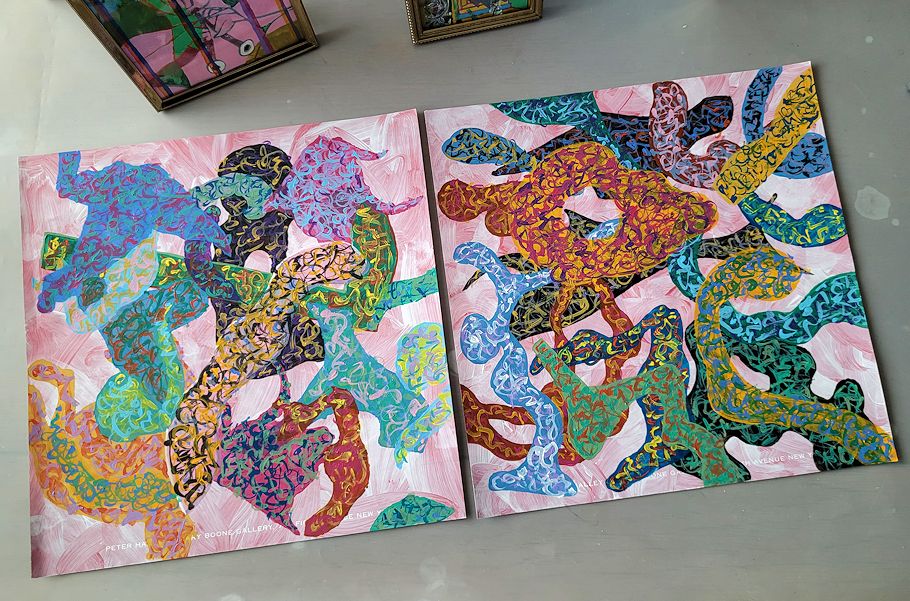
Frank Stella was being thought about a lot during hours 114, 115, 116, 117 of "Mary Boone's 180 hours of community service."
2024.05.05
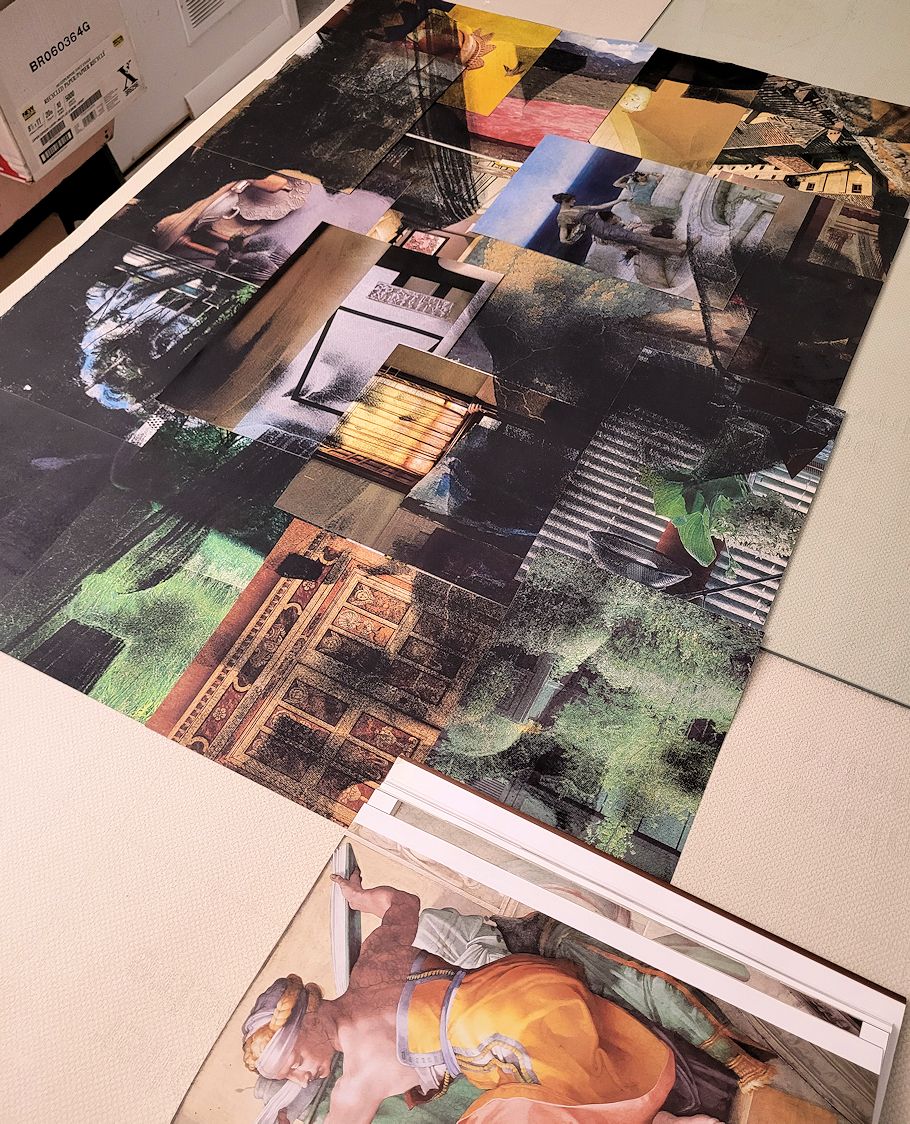
20240505_171956.jpg

20240505_172213.jpg
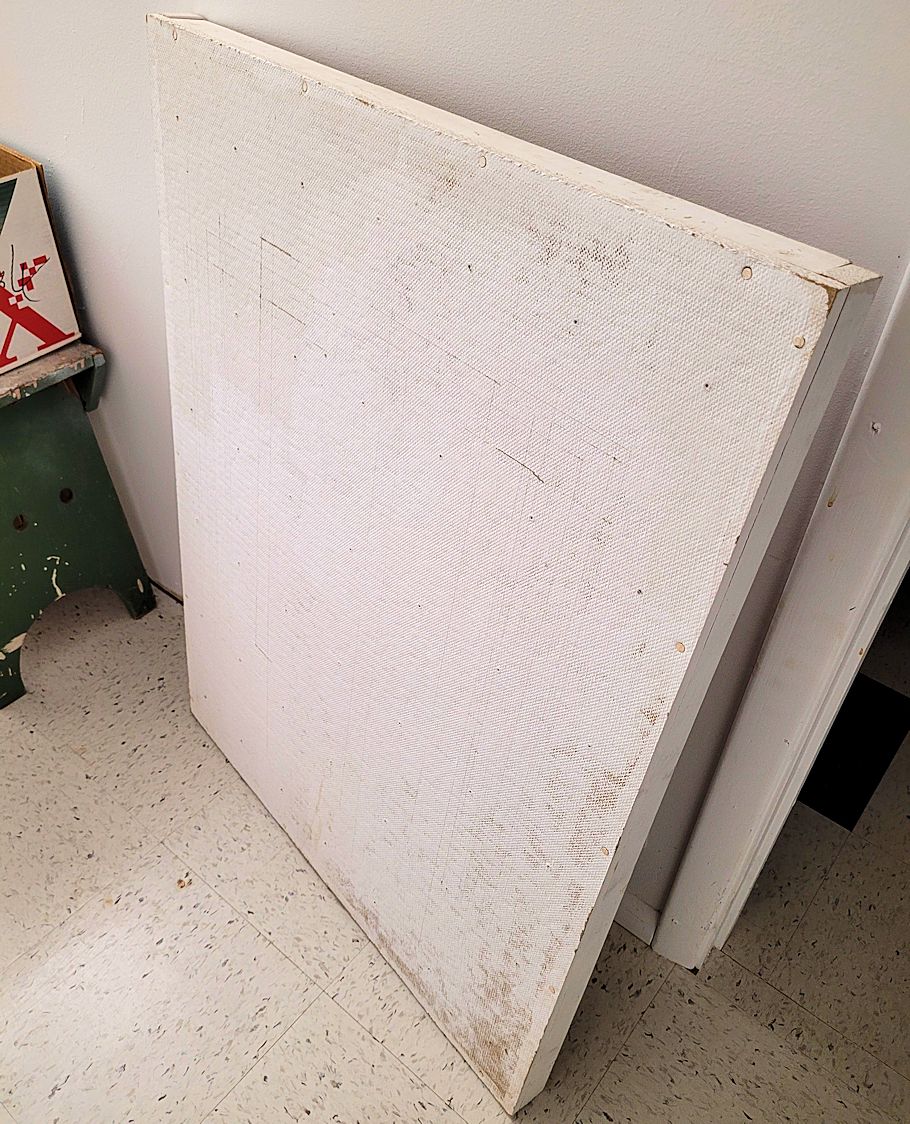
20240505_172633.jpg
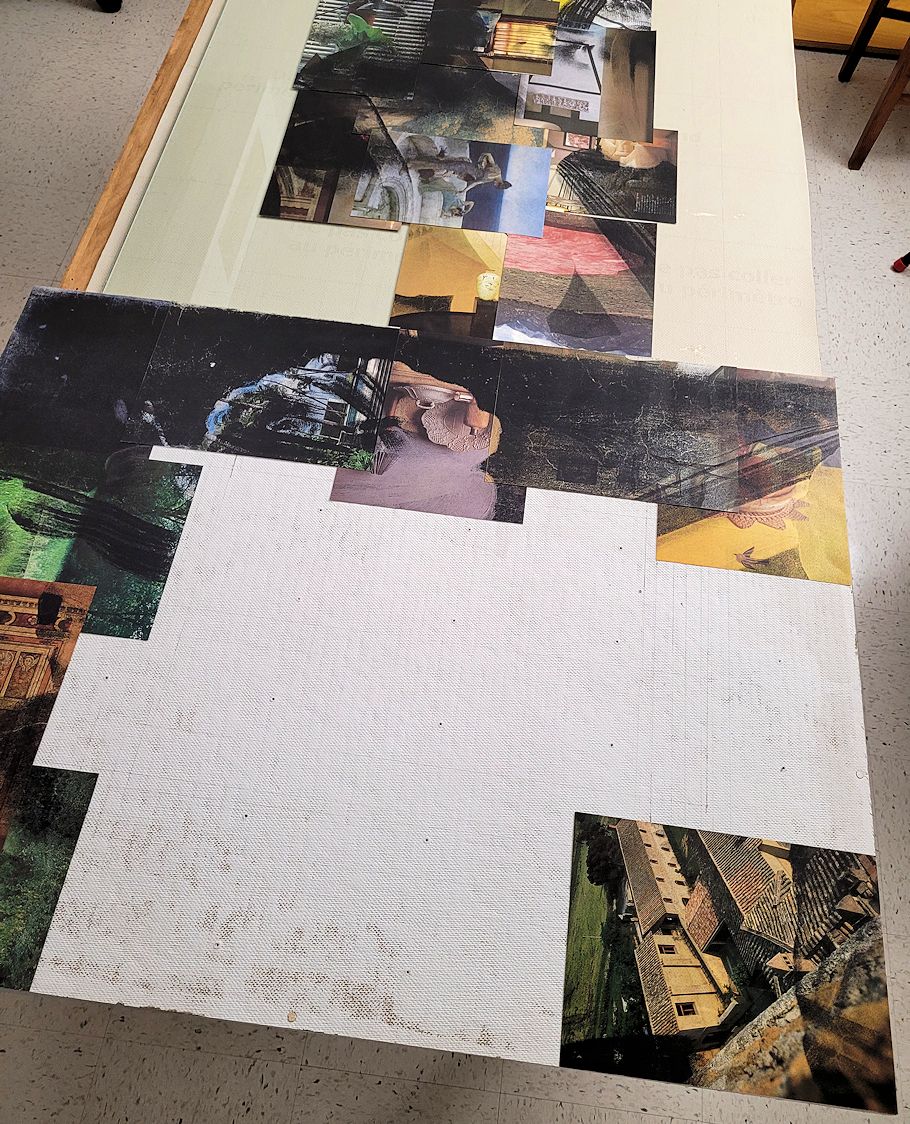
20240505_173512.jpg
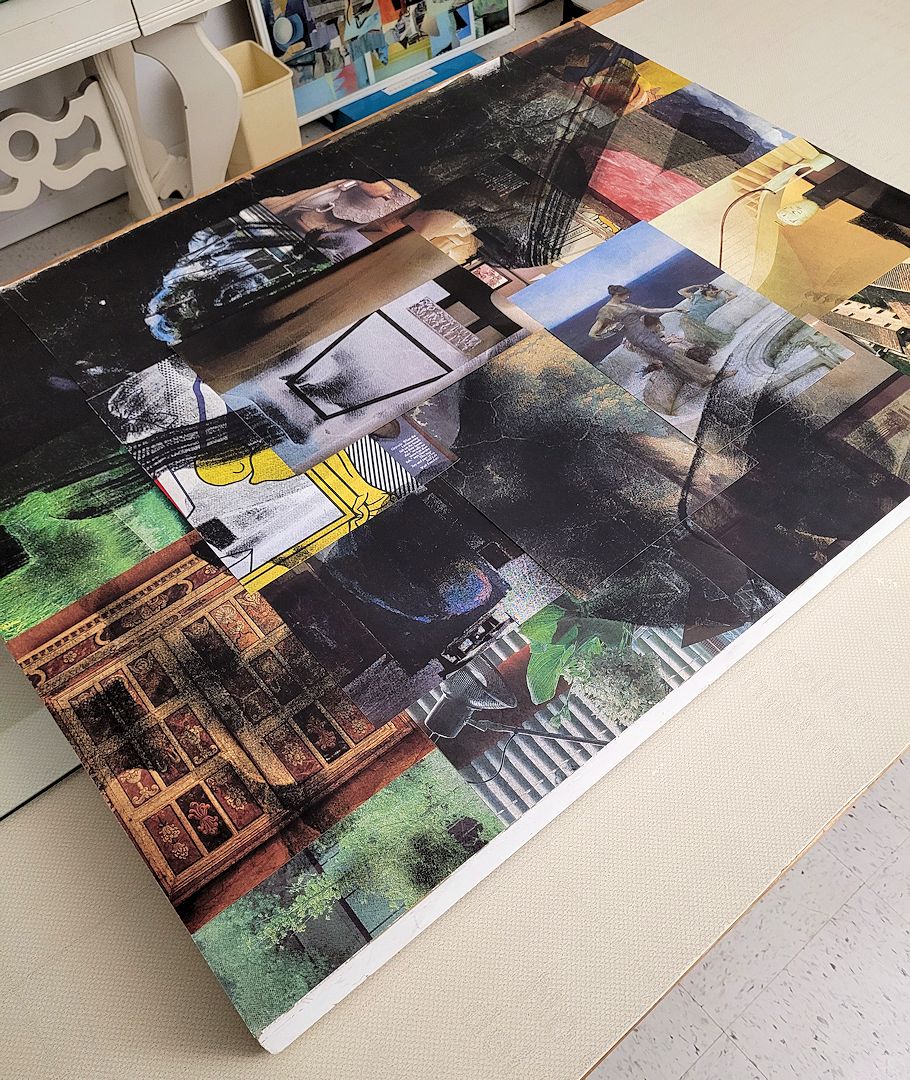
20240505_174857.jpg
It's almost 30 years since I created all the pieces of this laser print on magazine page 'puzzle' and not till today have I figured out how to put all the pieces back together again--The Libyan Sibyl.
2006.05.05 16:22
Someone want to clue me into the Deleuze, de Landa, architecture connection?
Here are five of my favorite "body plans"
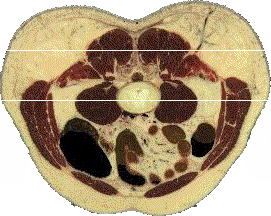
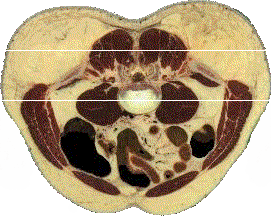
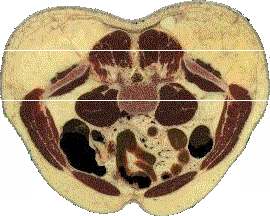
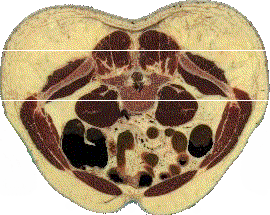
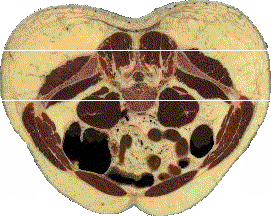
(as an architect) chronosomatics is my own silly theory...
2006.05.05 17:25
Architecture Writers in Philadelphia...
...of the last hundred years or so.
.00
Kimball, Fiske (Sidney Fiske Kimball), 1888-1955, American architect and writer, b. Newton, Mass. He was professor of architecture and fine arts at the Univ. of Michigan (1912-19) and of art and architecture at the Univ. of Virginia (1919-23) and was in charge of the fine arts department, New York Univ. (1923-25). From 1925 until his retirement in 1955 he was director of the Philadelphia Museum of Art and was responsible for the acquisition of many important collections. Much of his architectural work consisted of the restoration of old houses, e.g., of Monticello, the Jefferson home, near Charlottesville, and Stratford, the seat of the Lees, both in Virginia. With G. H. Edgell he wrote A History of Architecture (1918). He was also the author of Domestic Architecture of the American Colonies (1922), American Architecture (1928), and The Creation of the Rococo (1943).
Almost everything I know about Fiske Kimball comes from reading Triumph on Fairmount, the first time in early 1975. While in Philadelphia Kimball and his wife lived at Lemon Hill, which contains one of my favorite rooms in America, the main oval parlor.
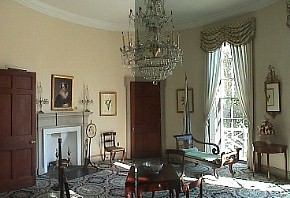
I like how an architect and architectural historian can also be a museum director. It's strange to think that it was an architect who was ultimately most instrumental in getting the Duchamp collection in the Philadelphia Museum of Art--Kimball's letters about his last visit in Los Angeles with the Arensbergs are within Triumph on Fairmount. Although my favorite 'picture' of Fiske Kimball is:
A woman member brought a friend from New York to visit the museum. Fiske met them in the corridor. To the astonishment of the lady from New York, he knelt and kissed the member's hand. "We are not often honored with such charming visitors," he said. "Allow me to conduct two such exquisite creatures to the latest of our period rooms."
"This is our Louis Quatorze gallery. What things these walls have seen! The Grand Monarque was a great king and a great one for the ladies. What beautiful mistrisses he had! Ah, if you ladies had only lived then he would surely have numbered you among them. Wouldn't you have liked that?" and he dropped to his knees again.
Kimball was forced to retire soon after that.
I actually haven't read any of Kimball's books myself, although I do have A History of Architecture and his "discovery" of the origin of the Rococo is definitely on my to-do list. Yet, I have walked within the Louis Quatorze and Duchamp galleries numerous times. Actions speak louder than words?
Fiske Kimball is a dear recurring character in The Odds of Ottopia and Leaving Obscurity Behind.
2005.05.05 10:17
modernity/post-modernity
Chronosomatically, the present Zeitgeist is the transverse section of the male and female human body slicing through the lowest two tips of the rib cage. Study the morphology and physiology within that corporal slice (including a developing fetus within the female body) and there's the esssence of the present Zeitgeist. Lots of transverse colon, thus assimilation in the extreme; two kidneys, thus osmosis and some specific metabolism; the very dualistic beginning of a peripheral webbed structural system; etc., etc.
|